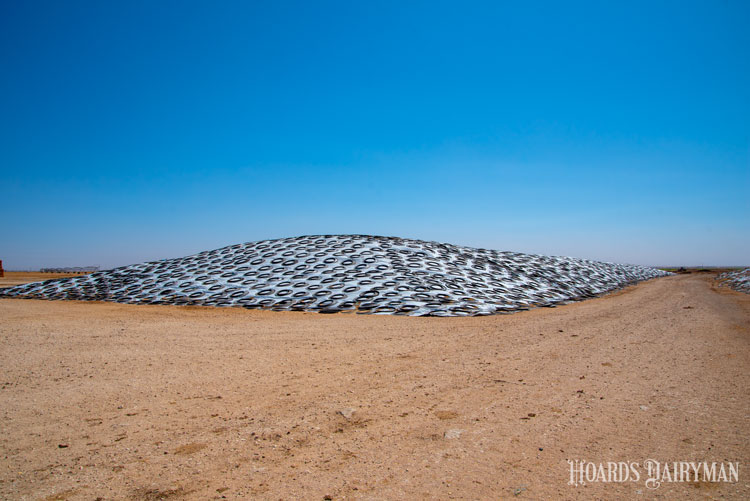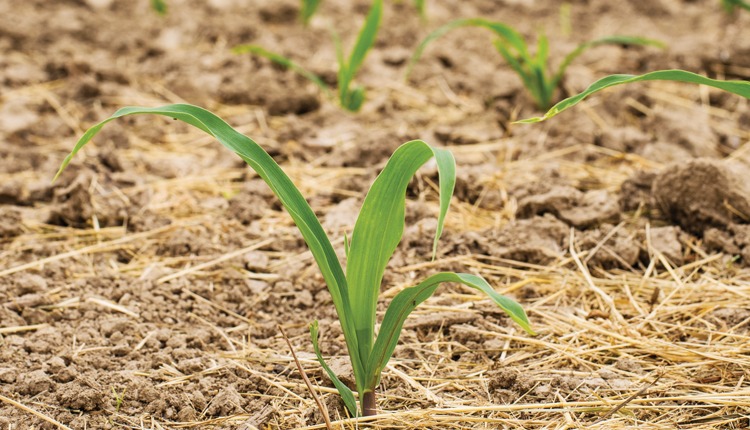
Ideally, you should only purchase as much silage inoculant as you can use in the current crop season. If you have a few unopened containers of inoculant left over from last year, are the bacteria still viable?
Perhaps, but it depends on how you stored them. Silage manufacturers protect their products by storing them frozen and shipping them on ice or in refrigerated trucks. After they arrive, though, keeping the inoculants viable is your responsibility.
Some brands of silage inoculants are viable for 18 months or longer, but rarely should there be a need to store them for more than a year. Bacterial silage inoculants should be stored in a dry place, out of direct sunlight, and at a temperature below 70°F. You can refrigerate the packets or bottles, and it’s probably okay to store them in the freezer as well, but before doing this, check the label since various products have different handling recommendations. Reading the label should be the first thing you do, if for no other reason than to determine the expiration date.
Granular inoculants have many of the same storage recommendations as do the silage inoculants that are mixed with water just before application. Because of the higher amount needed per ton of forage, it’s probably not practical to store granular inoculants in the freezer, but they can be stored in a weather-proof building as long as the air temperature remains below 70°F. If the product was frozen, thaw the bags a day or two before use to allow the granules to completely thaw. As with the liquid-applied products, granular inoculants can be stored for over a year as long as they haven’t passed the expiration date.
If in doubt, throw it out! Silage inoculants aren’t cheap, but neither is high-quality silage. Don’t take a chance by using any product that’s expired or has been exposed to excessive heat.








